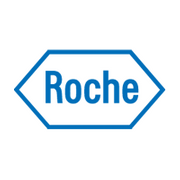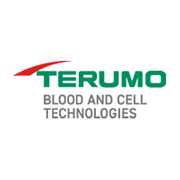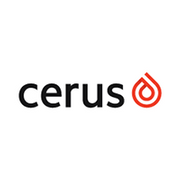Specialist patient groups
1. Children & neonates
Transfusion for children and neonates is not the same as adults. Consider:
• Volumes required (mL s per kg)
• Special components for neonates
• Coagulation ranges [local laboratories]
• Management of transfusion reactions
• Know the triggers in children and neonates
• Management of anaemia in this group
Rationale
Specific transfusion information should be given when delivering education to resident doctors working with these specific patient groups.
Links to resources (where available)
Transfusion for Fetuses, Neonates and Older Children (b-s-h.org.uk)
Add guidelines for specific groups triggers
Specialist patient groups
2. Obstetrics
• Pre- natal screening including maternal RhD status and maternal antibodies
• RhD prophylaxis/treatment
• Risk of and management of postpartum haemorrhage
• Triggers in obstetric haemorrhage
• Anaemia management
Rationale
Specific transfusion information should be given when delivering education to resident doctors working with these specific patient groups
Links to resources (where available)
Blood Grouping and Antibody Testing in Pregnancy (b-s-h.org.uk)
Specialist patient groups
3. Trauma & emergency medicine
• Transfusion of patients with no known blood group – use of emergency components
• Management of massive haemorrhage
• Ongoing transfusion support in trauma patients
Rationale
Specific transfusion information should be given when delivering education to resident doctors working with these specific patient groups
Links to resources (where available)
Specialist patient groups
4. Haemoglobinopathy patients
• Every patient with sickle cell disease (SCD) and thalassemia should have an extended RBC phenotype utilising a pre-transfusion specimen. Ideally, this should be done during the first year of life, prior to the initiation of a regular transfusion regimen.
• Prior to each transfusion, it is essential to do a complete cross-match and antibody screen for any newly acquired antibodies.
• Components provided must be phenotype matched
• For SCD and thalassemia patients, it is advised to provide fresh units (less than 7–14 days old) to lessen the frequency of transfusions.
Rationale
In order to guarantee uniform standards of care, local recommendations and guidelines are necessary for blood transfusion to Hemoglobinopathy individuals
Links to resources (where available)
Chapters
Essentials of blood transfusion teaching feedback questionnaire
How can we improve? We value your feedback!















